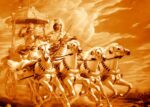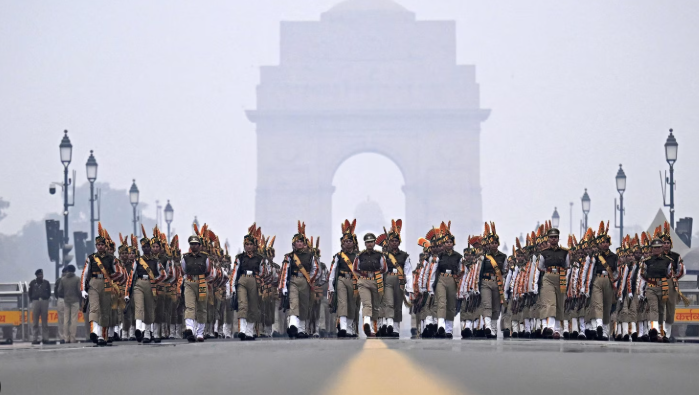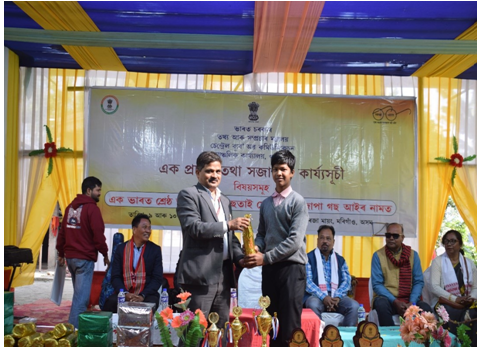New Delhi: Prime Minister Narendra Modi on Thursday became the fourth-longest serving Prime Minister of India surpassing Atal Bihari Vajpayee’s tenure. The feat also makes PM Modi the country’s longest-serving Prime Minister not from the Congress.
“Today, PM Modi becomes the longest serving Indian PM of non-Congress origin. (Atal Bihari) Vajpayee ji served for 2,268 days in all his terms combined. Today PM Modi has surpassed this tenure,” the BJP said.
Jawaharlal Nehru, Indira Gandhi and Manmohan Singh – all from the Congress – are the three longest serving Prime Ministers in that order.
More than a year into his second term, PM Modi still towers over Indian politics and much of the country’s political discourse despite never holding a press conference and reaching out to supporters mostly through social media and his speeches at events.
In 2014, the Modi-led BJP decimated all opposition and swept the election, becoming the first party to win a majority in over three decades.
Before moving to New Delhi, PM Modi served as the Chief Minister of his home state Gujarat for 13 years since 2001.
Born in Vadnagar in northern Gujarat, PM Modi, in his teens, sold tea – a part of his life that would take on immense significance at a critical turn of his political career.
Known as a strong debater in school, he was barely in his teens when he joined the Akhil Bharatiya Vidyarthi Parishad, the student outfit linked to the Rashtriya Swayamsevak Sangh (RSS), the ideological mentor of the BJP.
At 18, PM Modi’s parents arranged his wedding. He left home soon after. In 1971, he joined the RSS. During the Emergency of 1975-77, when then Prime Minister Indira Gandhi jailed several political opponents and severely restricted fundamental rights, PM Modi went into hiding and wrote a book.
He was assigned by the RSS to the BJP in 1985 and held several posts until he replaced Keshubhai Patel as Gujarat Chief Minister in 2001.
He was accused of not doing enough to stop the 2002 riots on his watch in the aftermath of the Godhra train burning. A report by a Supreme Court-monitored Special Investigation Team in 2012 concluded that Chief Minister Modi took all possible steps to control the riots.
In 2013, as the BJP sought to capitalize on the poor public perception of the Congress-led UPA amid corruption allegations and an economic slowdown, PM Modi was named its prime ministerial candidate.
In an eventful first term, the Prime Minister was credited with trying to tighten the administration and high-profile campaigns like Swachh Bharat and make-in-India, but was also been criticised for demonetisation and an alleged rise in hate crimes.
PM Modi’s second term has been headlined with the scrapping of decades-old special powers to Jammu and Kashmir, the controversial Citizenship Amendment Act which grants citizenship to only non-Muslim refugees from three neighbouring countries and the ongoing coronavirus crisis.















